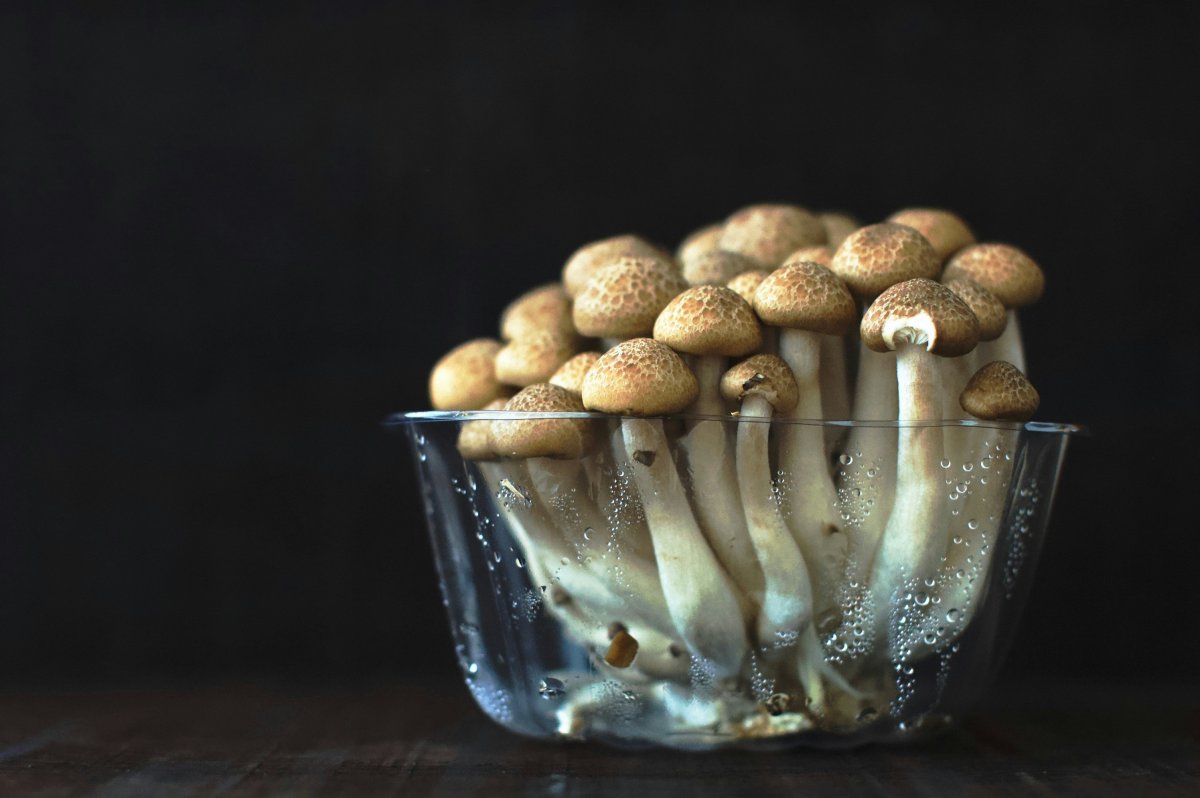
Starting a small mushroom farm at home is an exciting and rewarding endeavor that can provide you with fresh, organic mushrooms while requiring minimal space and investment. Whether you're a beginner or an enthusiast, growing mushrooms at home can be simple if you follow the right steps.
Step 1: Choose the Right Mushroom Variety
Selecting a suitable mushroom species is crucial. Some beginner-friendly options include:
- Oyster mushrooms (Pleurotus spp.): Fast-growing and adaptable to various substrates.
- White button mushrooms (Agaricus bisporus): Popular for their mild flavor.
- Shiitake mushrooms (Lentinula edodes): Ideal for growing on logs or sawdust blocks.
Step 2: Select the Growing Medium (Substrate)
Mushrooms thrive on organic matter, and the right substrate depends on your chosen variety:
- Oyster mushrooms: Coffee grounds, straw, or cardboard.
- Shiitake mushrooms: Hardwood logs or sawdust.
- White button mushrooms: Compost-based substrate.
Step 3: Prepare the Substrate
- Pasteurize or sterilize the substrate to eliminate unwanted bacteria and mold.
- For straw or sawdust, boiling or steaming is effective; compost may require controlled heating.
Step 4: Inoculate the Substrate
Inoculation involves mixing mushroom spawn (a material infused with mycelium) with your prepared substrate. Spread the spawn evenly to promote even colonization.
Step 5: Create Optimal Growing Conditions
Mushrooms thrive in specific environmental conditions:
- Temperature: Most varieties prefer temperatures between 18°C and 24°C.
- Humidity: Maintain humidity at 80-90% using a spray bottle or humidifier.
- Light: Mushrooms generally prefer low light conditions, though indirect light is helpful.
- Airflow: Proper ventilation is essential to avoid mold buildup and encourage healthy growth.
Step 6: Monitor and Harvest
- After a few weeks, you will notice mushroom pins forming. Maintain optimal conditions to encourage steady growth.
- Harvest mushrooms by gently twisting or cutting them from the base when they reach maturity.
Step 7: Storage and Usage
Freshly harvested mushrooms can be stored in a paper bag in the refrigerator for up to one week. Alternatively, drying or freezing mushrooms can extend their shelf life.
Bonus Tip: Starting Small and Scaling Up
Starting with a simple setup such as a plastic container or a grow bag allows you to experiment and learn. Once confident, you can expand your operation with larger containers or dedicated grow spaces.
With patience and the right approach, cultivating mushrooms at home can become a rewarding hobby or even a small-scale business opportunity.